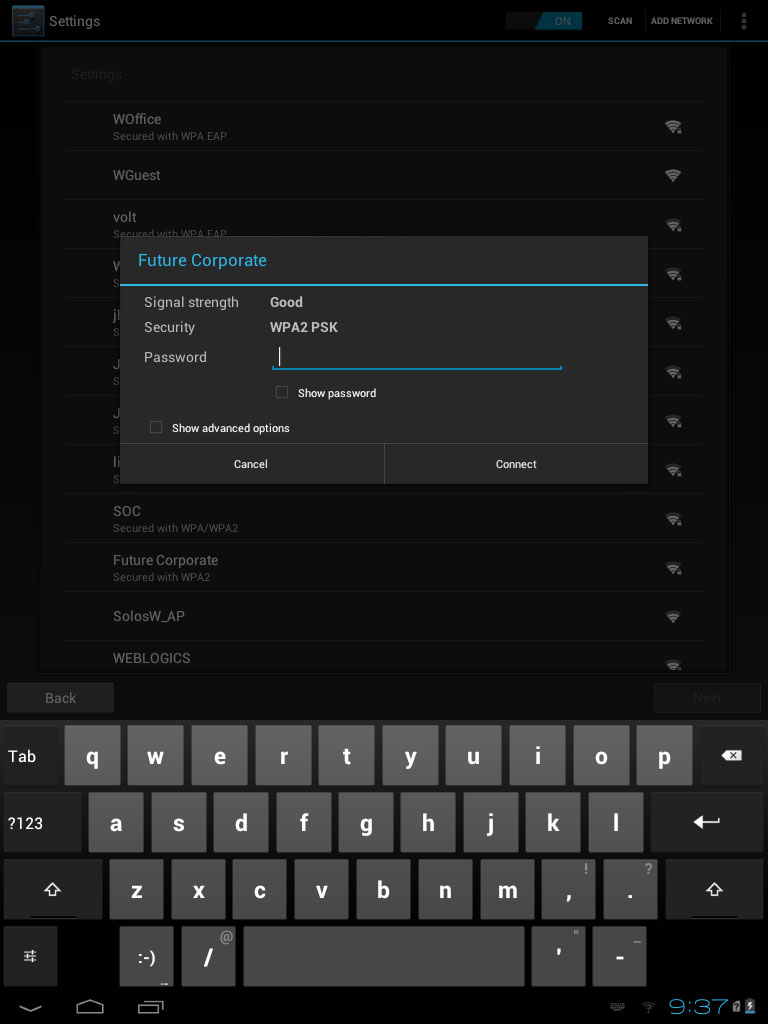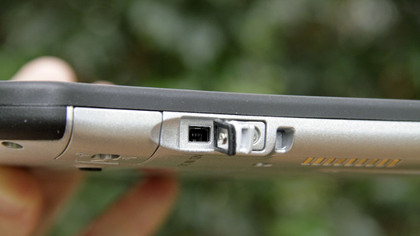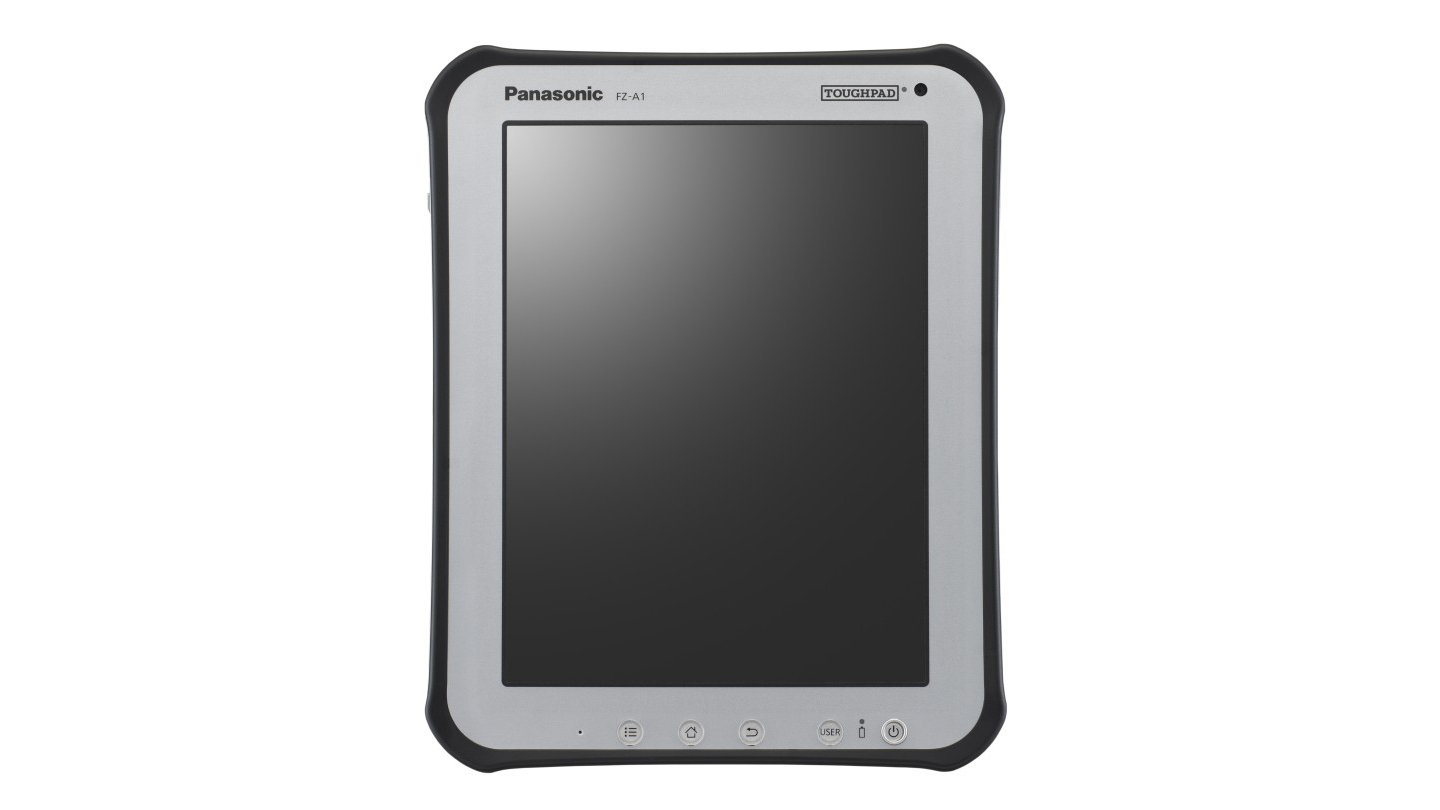Why you can trust TechRadar
It's no surprise that the FZ-A1 has all the standard wireless connectivity standards built-in - wireless a/b/g/n, Bluetooth 2.1, GPS and HSPA connectivity via the embedded SIM card slot.

There's currently no 4G support, although apparently that's an option in some markets, but it does work with all the Australian carrier's HSPA networks for theoretical speeds of up to 21Mbps down.
Once connected to a mobile network, the device can also double as a wireless hotspot for up to five different devices.
In terms of accessing the web via the included browser, the ToughPad does a decent job of delivering content to its 10.1-inch screen. Swiping and pinching are responsive gestures, allowing users to zoom in and out and cycle through pages with ease.
Annoyingly, the 3.5mm headphone jack is locked away behind a dust cover, which exposes a whole heap of other connectors when you want to listen to audio through headphones. Which you'll probably do fairly often, given the embedded speaker is absolute rubbish. That's not surprising given the need for robustness, but individual covers for individual ports would have been a safer option.
Battery
Panasonic claims that the Toughpad's 4770mAh battery should be good for around about 10 hours worth of use, depending on how it's used. As with almost every battery life claim though, that figure is higher than what we achieved.
Running an HD video on a loop non stop, we got a little over six hours worth of use from the device. But understanding that this tablet will almost never be used to run video non stop, most users of this tablet will get a lot more life from the device.

The biggest issue with the ToughPad's battery comes not from its longevity, but instead its frustrating proprietary charging port. While this allows fast charging - attaining about 90 per cent charge in just three hours - it also means you can't leave home ithout the bulky proprietary charger.
And even though the tablet has a MicroUSB port, it can't be used for charging the device.
This is hugely disappointing, given the industry-wide move to a standard charging interface. It also adds unneccesary bulk to the tablet - which is already heavy enough - as you can never leave home without the charger.
